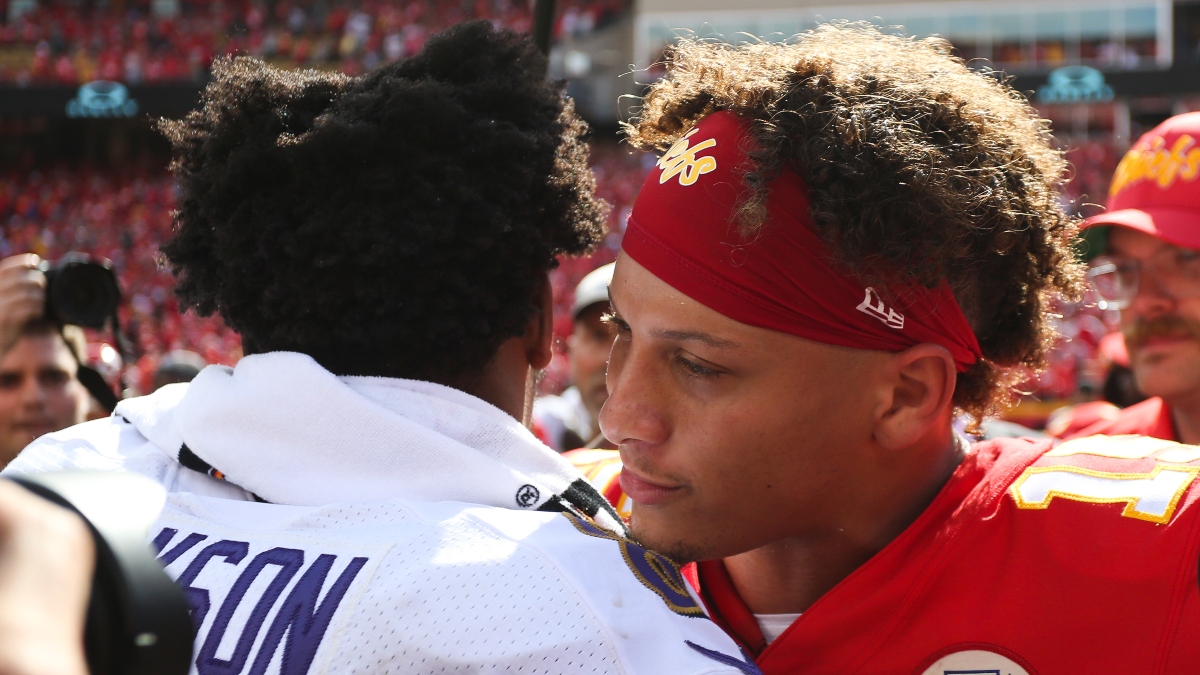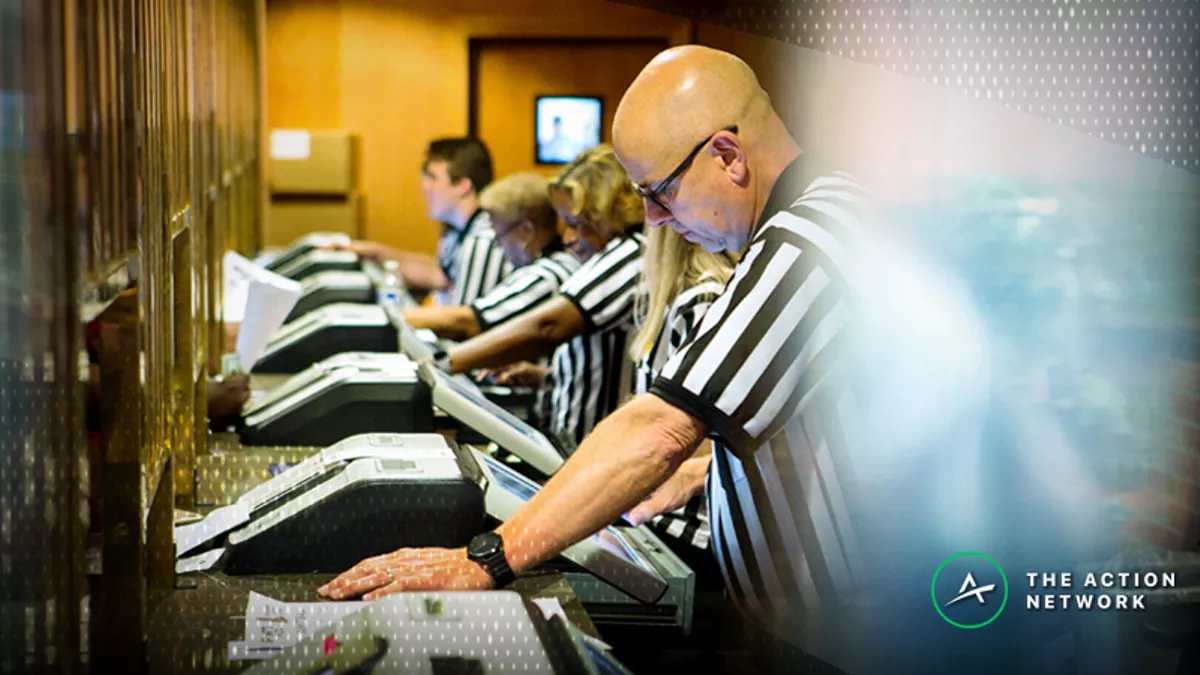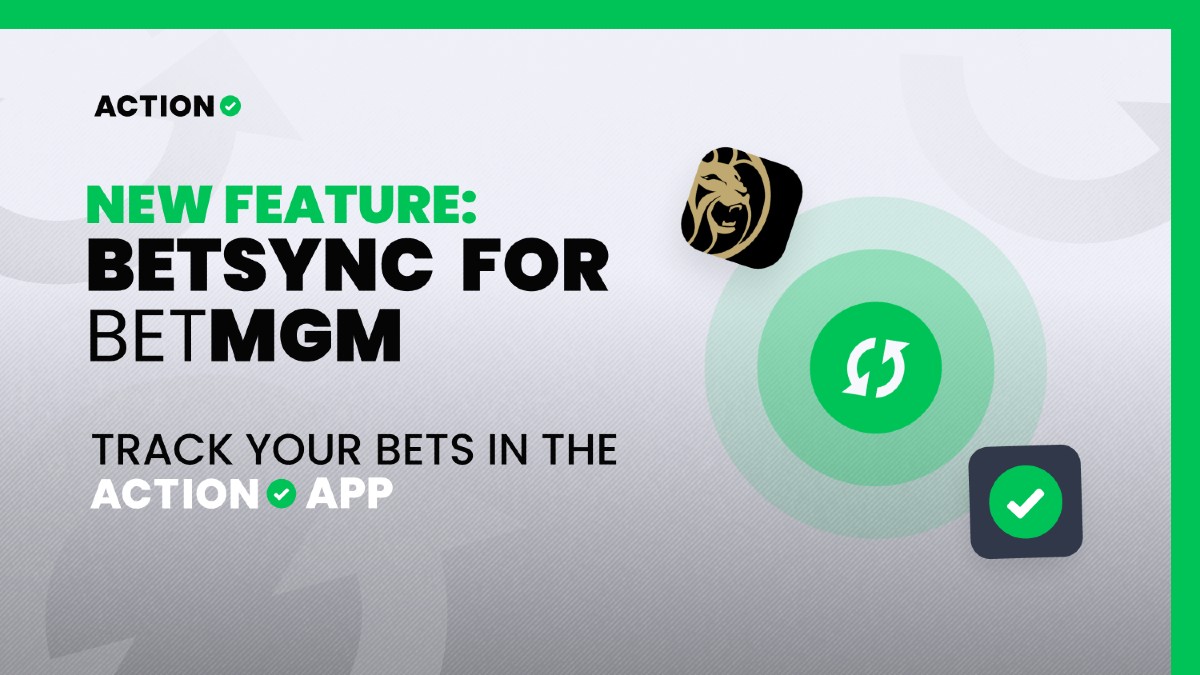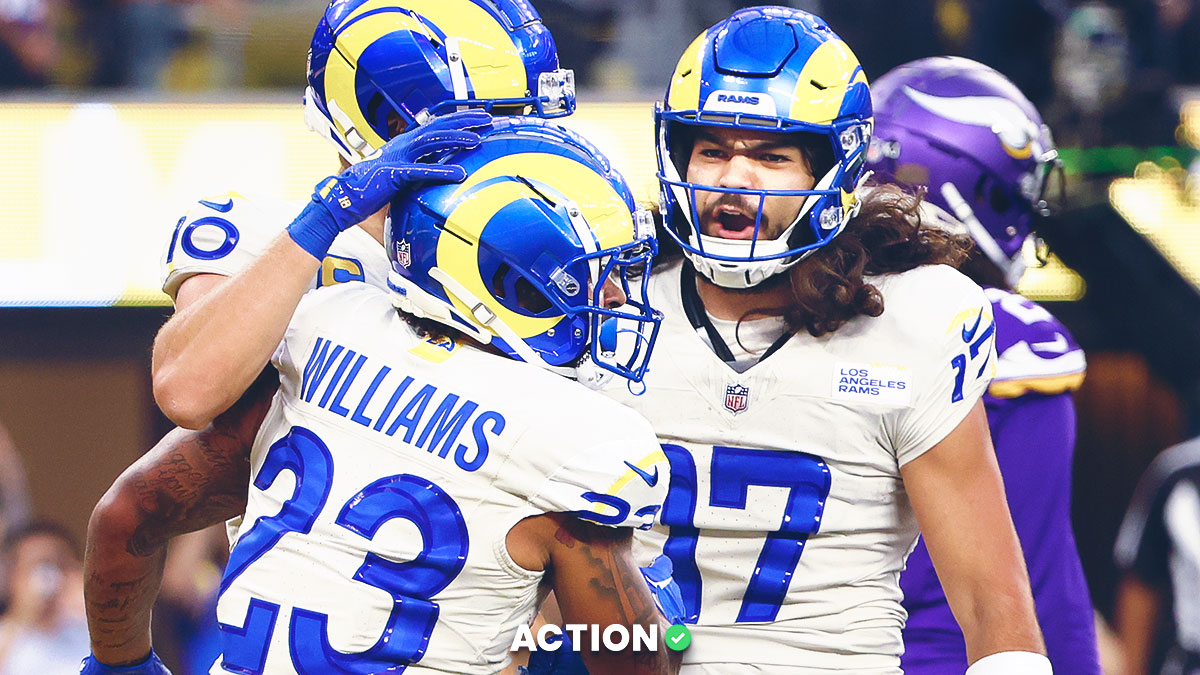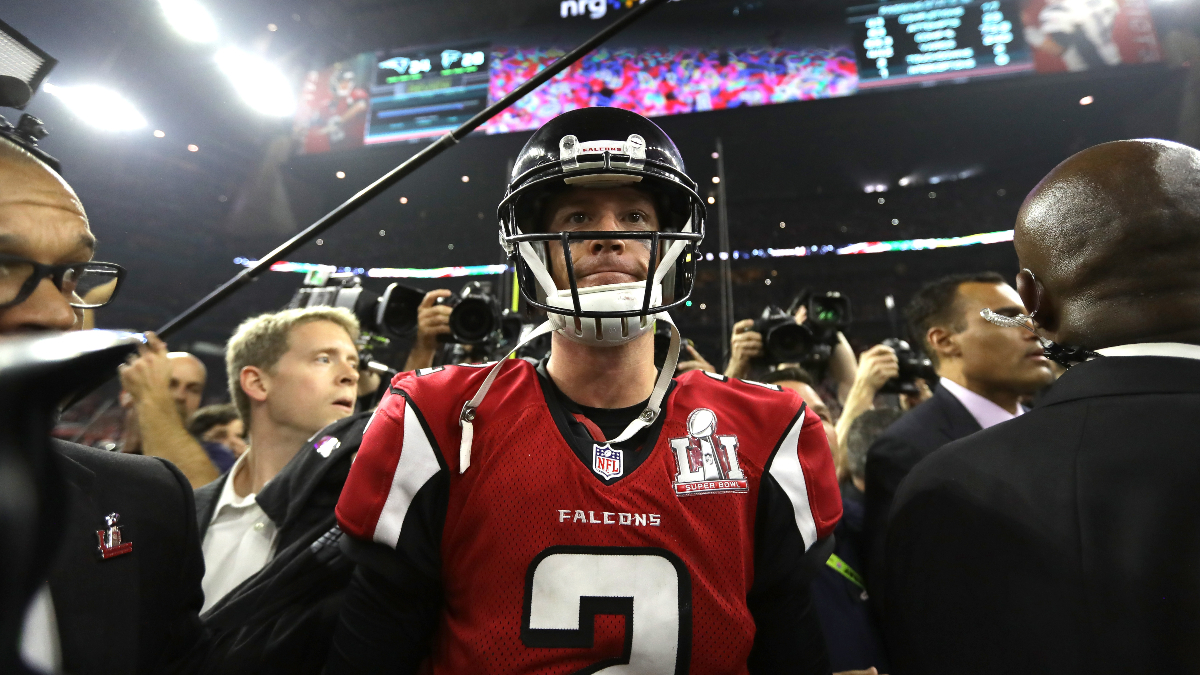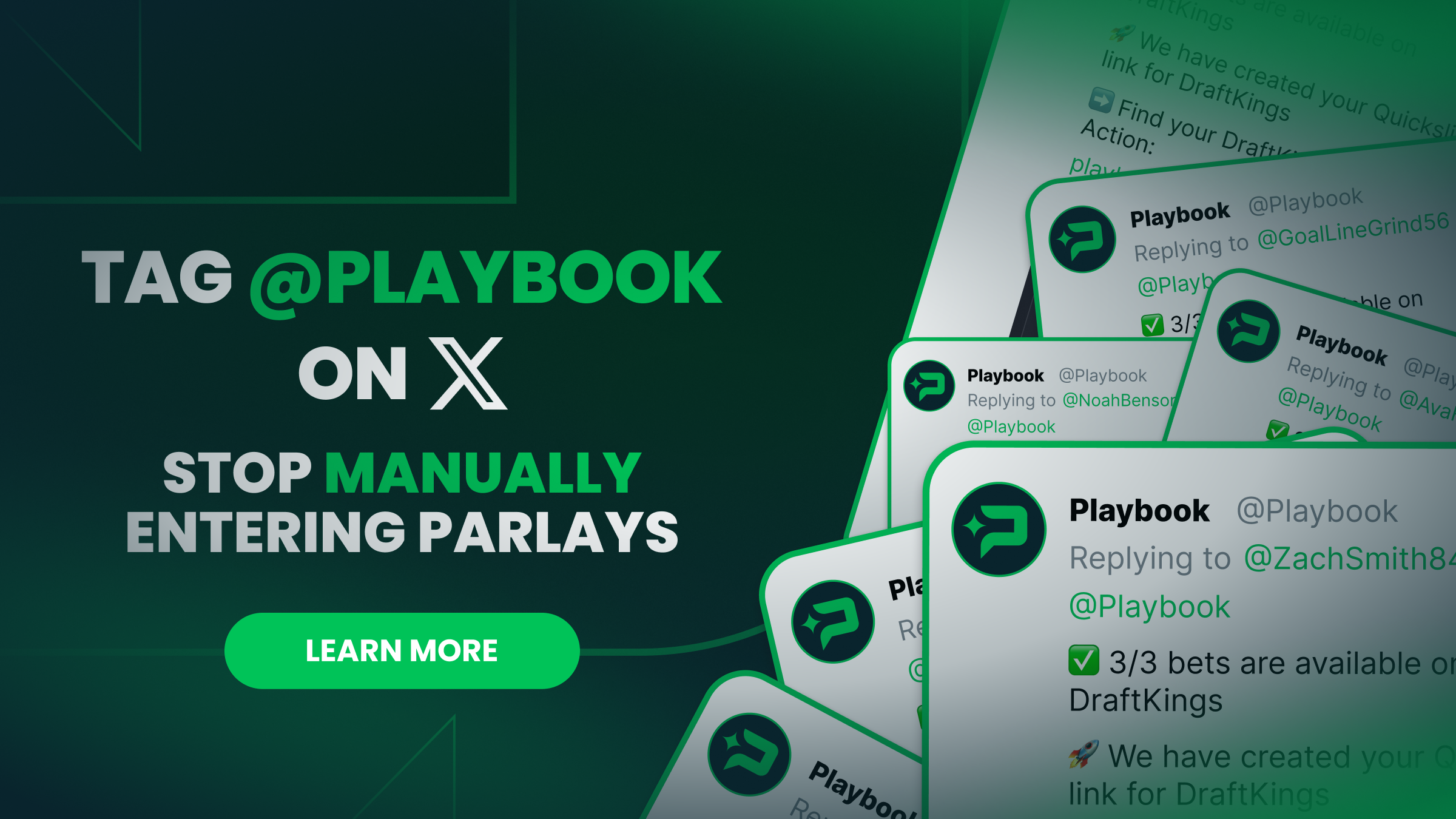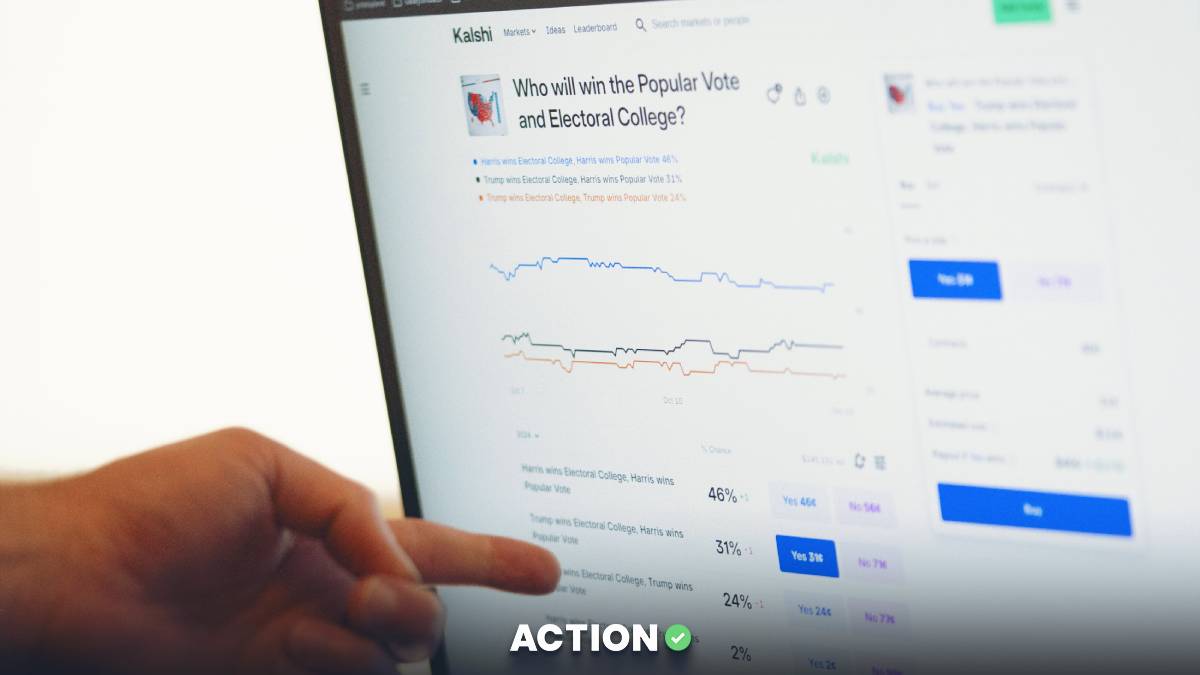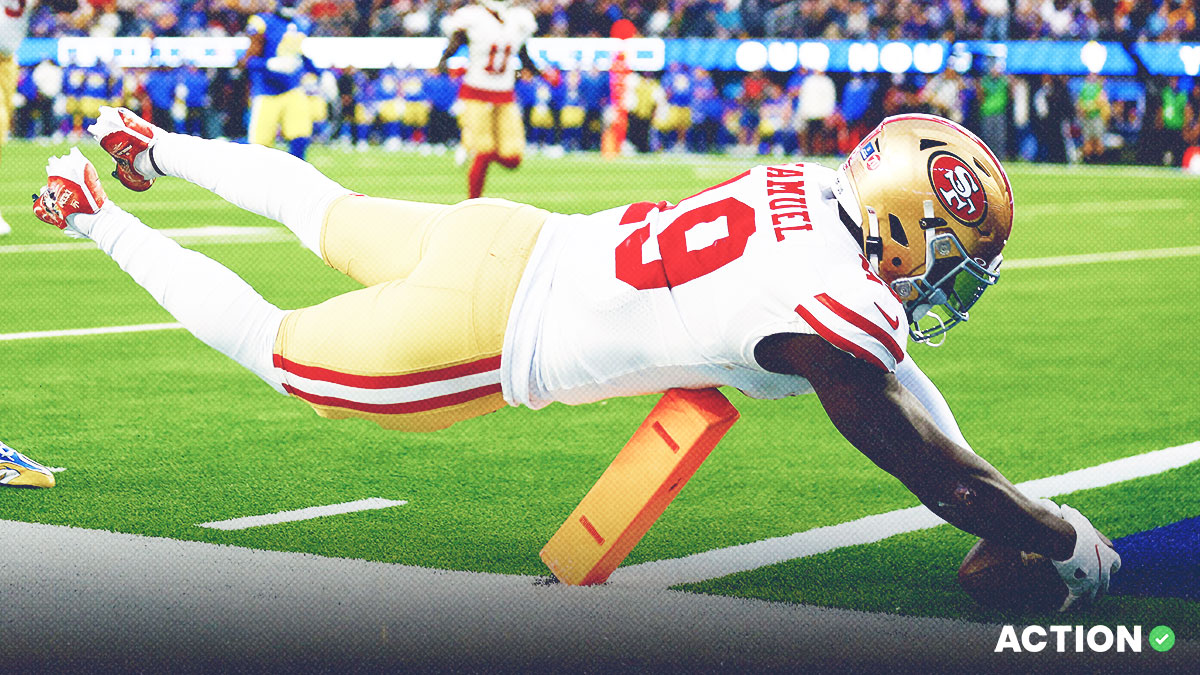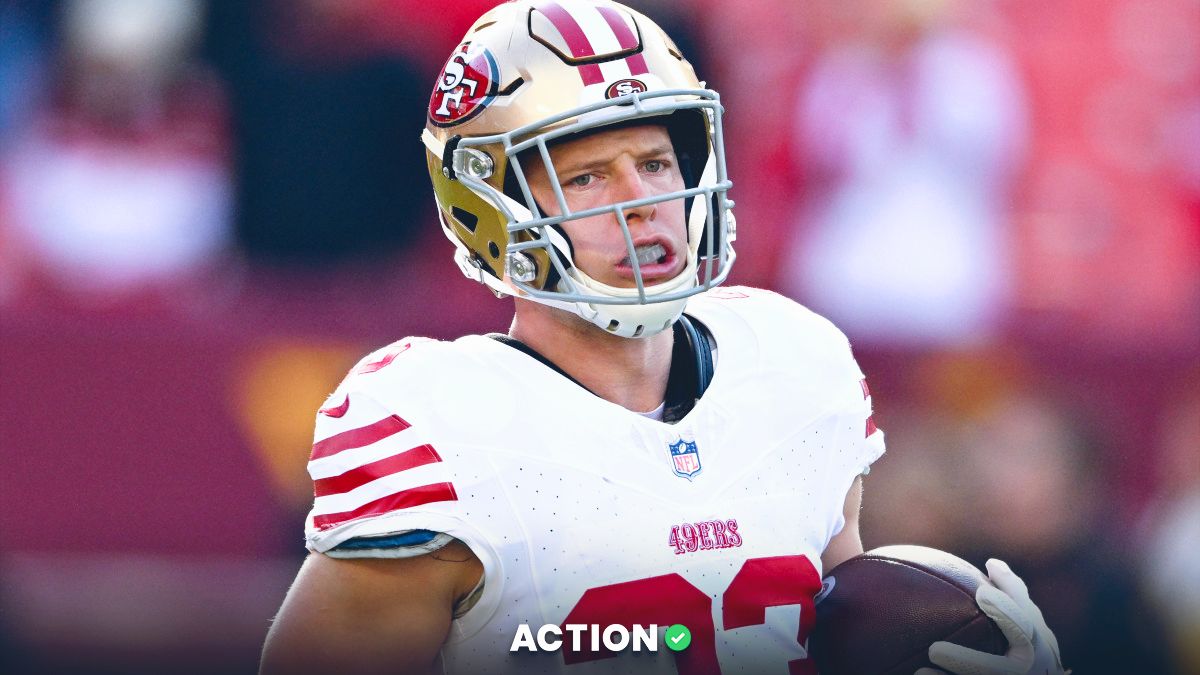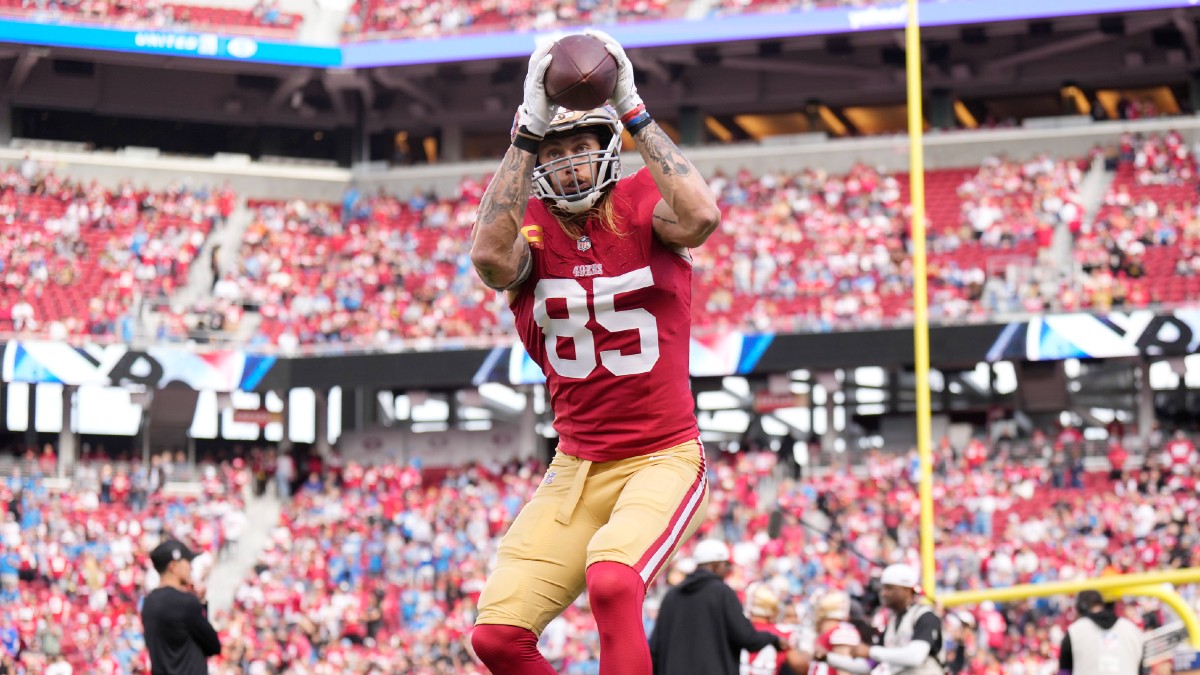When you look at futures odds for an event like the Super Bowl, you see all 32 teams at plus-money and some at longshot prices.
But just because you're getting a price greater than 6/1 on every team doesn't mean you're getting fair prices.
You're paying even more of a premium when betting most futures than you are for a single NFL game when the sportsbooks have a 4.55% hold.
Baked into futures market is lots and lots of hold, often greater than 20%.
Below we'll explain what hold is, how to calculate hold on any futures market, and how to remove it to get true probabilities.
What Is Hold?
The actual hold percentage refers to the percentage of money that the house keeps for every dollar wagered. Nevada held 3.6% of all money wagered in August 2020.
The theoretical hold is how much money the house would keep in a given market over an infinite amount of bets. More on this in a bit.
As a bettor, you want lower hold percentages. Books will profit more in the long run from higher hold percentages, but will turn off customers if they have unfair holds relative to their competitors.
Understanding Implied Probability
To understand hold, you need to first understand implied probability in sports betting.
When you bet on a coin flip with your friend, you each have 50/50 odds. That means the total probabilities of all the outcomes is 100%.
But when you're betting sports and converting odds to probabilities, those probabilities will add up to more than 100%. That's because a sportsbook charges you a tax on every bet to take your action.
So what is hold? It's really just the probability of all the outcomes an event, minus 100. Whatever percentage is leftover is the hold.
Here are some examples of hold for different sets of odds featuring two teams.
The holds are relatively low for something like an NFL point spread — less than 5%.
Calculating Hold on Futures
On futures with many possible outcomes, the hold is much higher, because sportsbooks have a harder time pricing them.
Using a simple formula in Excel or a Google Sheet, you can calculate the hold for any futures. That way, you can tell if your sportsbook is giving you a fair shake.
Here's how, with an example from the 2022 Super Bowl at DraftKings in parentheses.
- Convert each set of odds to probabilities
- Add up the probabilities (121.76% at DraftKings)
- Subtract Step 2 by 1 (21.76% at DraftKings)
- Divide Step 3 by Step 2 (17.87%)
1) Since the conversion is slightly different for positive numbers (like +120) and negative numbers (like -120) in American odds, this equation will execute different formulas depending on what the odds are.
=IF(Odds>0,1/(Odds/100+1),1/(1+100/ABS(Odds)))
2) Add the probabilities up. Use the sum function.
3) Subtract 1 from the sum of the probabilities. So in this case, we'll get 21.76%.
4) Divide 21.76% by 121.76%, and you'll get the hold, which is 17.87%.
For league future bets like the Super Bowl, it's common for books to hold between 20% and 30%, because it's harder to accurately price all the possible outcomes so far in advance.
Removing Hold
Why should you remove the vig? If you're making your own projections, you want to see how they line up with a book's probabilities to get your edge.
Your first reaction might be to just knock 1% off every team's probability, since the hold is 33% and there are 32 teams. But it's not that simple.
That's because what seems like a small line move for one of the favorites might actually represent a bigger change in probability than a team falling from 100-1 to 50-1.
For example, the following shifts in odds are roughly the same in terms of probability increase — each is just under 5.5%.
To remove hold, simply divide each team's implied probability by the total of all implied probabilities.
Team Implied Probability / Total Implied Probabilities
So to calculate the Ravens' true futures odds, you'll divide their implied probability (11.76%) by the sum (133.03%).
Ravens: .1176 / 1.3303 = 8.84%
Different Events, Different Holds
Futures bets markets with fewer teams — like an NFL division winner instead of a Super Bowl winner — will often have less hold.
Generally, the more outcomes there are, the higher the hold, though that's not a steadfast rule.
Take this NFC West future from ESPN BET. They're holding about 15%.
But for this NFL MVP market, with 88 possible betting options, they're holding more than 54%.
Beware of Artificially-Inflated Futures Markets
Sportsbooks will cleverly add more hold to futures by increasing the number of outcomes. It's a concept Ed Miller and Matthew Davidow cover well in their book The Logic of Sports Betting.
They use a golf example, but I saw an NFL wins market in which the sportsbook used the same concept.
Will The Jets or Giants Have More Wins?
Here's one possible way to list this bet, with a tie resulting in a push and a refund.
That gives us a total hold of just under 5%.
But the book added in tie as a longshot option. That eliminates the push for anyone who bet on the Jets or Giants.
- Jets -160 (61.53%)
- Giants +130 (43.47%)
- Tie +1500 (6.25%)
Now we have a hold of more than 11%.
While on the surface these bets look similar, they're not, because the tie takes away one big option in this market.
That's why it's important to convert odds to implied probabilities to see if you're getting a fair shake.
If you'd like to learn more about betting on football, here is a recommended resource list to help you:
- How to Bet on Football Guide
- Check our Expert NFL Picks
- Bettors can keep an eye on betting activity and distribution with our NFL Public Betting data.


